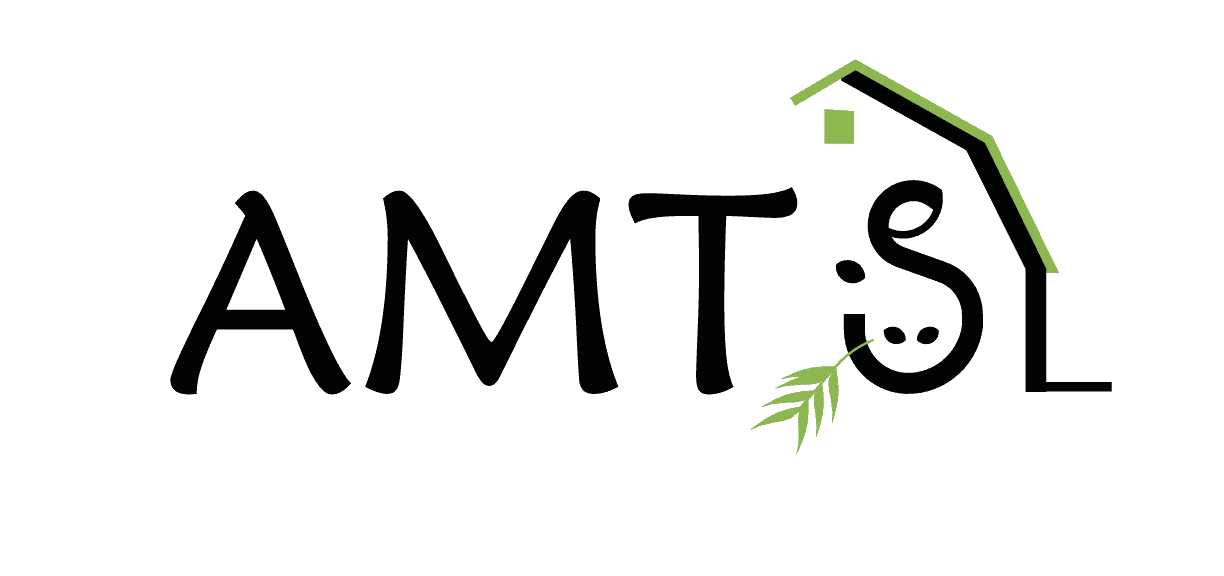One of the first tasks a nutritionist going onto a new farm must do is to get an accurate picture of the existing program. Key to that process is asking the right questions and using the best tools to collect the needed physical information. Here at AMTS, we have discussed guidelines that can help on farm nutritionists make the most of their farm visits so that they can get to the important task of formulating rations and improving clients’ profitability. Tom and Lynn both get out “in the trenches”; through years of experience Tom has created a check list of questions he asks, depending on animal group, when he first visits a farm. Tom has grouped the questions by animal type: heifer, lactating cows, dry cows; I will explore each of these categories in separate postings. Following is Tom’s questions for Herd Evaluation in regards to the heifer or replacement animals.
Heifers
1. What is weaning weight (at 49 days) as a percentage of birth weight?
2. For 100 heifer calves born, how many remain at 90 days of age?
3. For every 100 heifer calves born, how many enter the milking herd?
4. What is Age of First Calving?
5. What is weight, BCS, and height at calving?
Tom’s Reasons for asking these specific questions.
General comments: you may wonder why I haven’t asked numbers like milk production and components, cull rate, conception rate, etc. These values are all outputs of what your dairy is doing. By looking at these values, we only know the surface and not how things are working internally (or if you are profitable). The questions that have been posed are at a level where we can evaluate the various systems within the dairy; many represent critical control points. If the answers you give to these questions fall within our guidelines, milk and reproduction tend to be good. For example, with question 1: if calves are weaned at only 150% of birth weight, I can tell that you are experiencing high levels of morbidity (>20%), mortality is >5% (although many can manage at 1.5%), and your treatment costs per calf are high (typically to avoid the higher mortality rates). Simply asking what your mortality or morbidity rates are does not address the issue of economics or future productivity/longevity.
1. What is weaning weight (at 49 days) as a percentage of birthweight?
a. The current target is to at least DOUBLE birthweight at weaning (49-56 days). Research has shown that at least 25% of the variation in first lactation milk yield can be related directly to the ADG in the first 6-7 weeks of life. Additionally, increasing ADG during the milk feeding phase results in 2-300 liters (450-650#) more milk in first lactation with similar yield increases in every lactation.
2. For 100 heifer calves born, how many remain at 90 days of age?
a. This also goes back to milk feeding level. Higher ADG during milk fed phase DIRECTLY REDUCES morbidity and mortality. We can also determine colostrum quality from morbidity and mortality and how well the transition out of weaning works by looking at this value.
3. For every 100 heifer calves born, how many enter the milking herd?
a. Losses post-weaning should be <5% for any reason. Values greater then this post-weaning indicate multiple opportunities to reduce cost and improve replacement selection.
4. What is Age of First Calving?
a. this dictates the growth requirements. Plus is a pure economical issue as it costs (feed, labor, equipment, vet, breeding, depreciation) between $2,000 and 2,500 USD to raise a heifer (depreciation and mortality losses account for $3-500 USD). The higher the age of first calving, the greater the cost as days on feed are higher.
5. What is weight, BCS, and height at calving?
a. At calving (post-calving), heifers should weigh at least 85% of mature weight. Lower than this, heifers will sacrifice milk for growth requirements to achieve a 2nd lactation calving weight of 92% of mature weight. BCS and height tend to be related where high BCS heifers tend to be smaller in stature. Holsteins should be at least 53 inches (135 cm) hip height at calving, Jerseys 48 inches (122 cm) wither height, and Ayrshires 51 inches (130 cm) wither height
These questions give you a starting point for beginning farm assessment. In subsequent posts we will examine Dry Cows and Lactating Cows.
